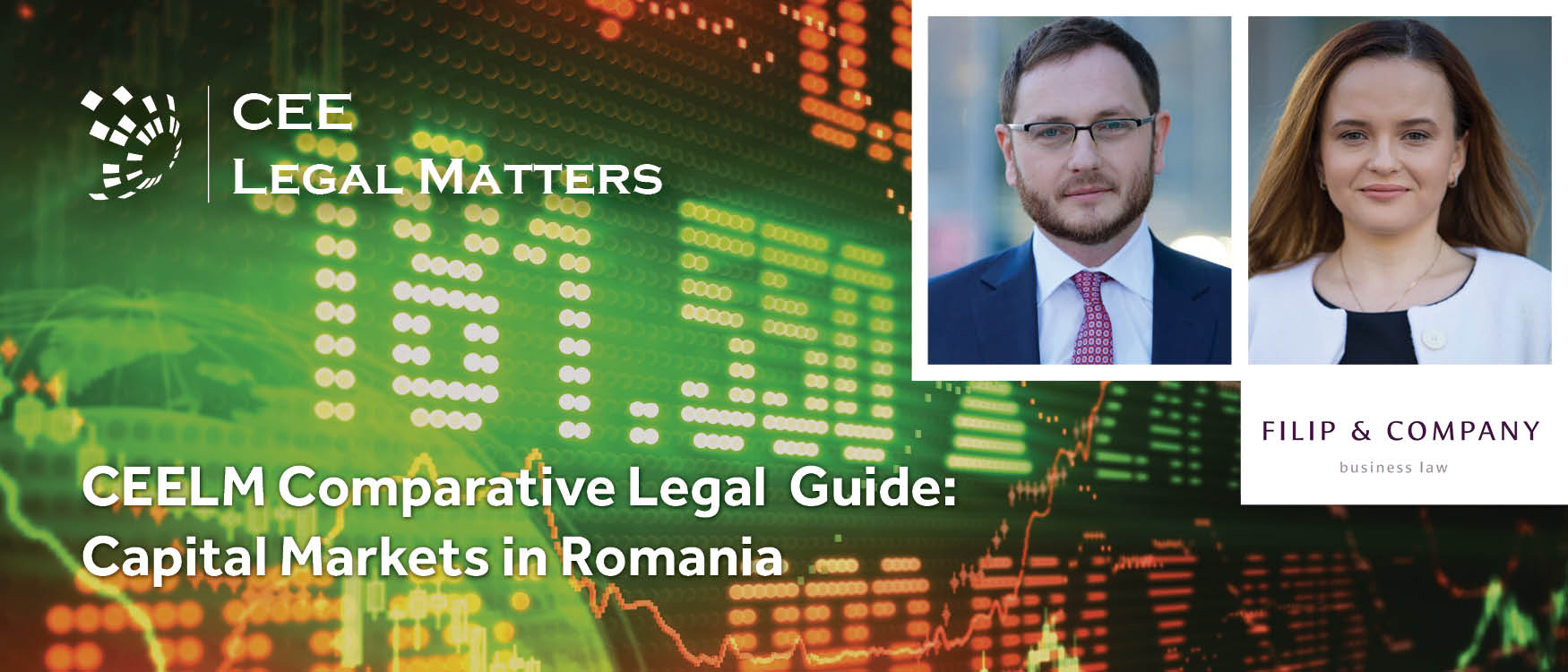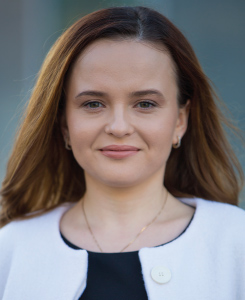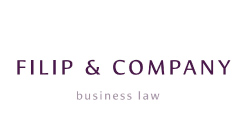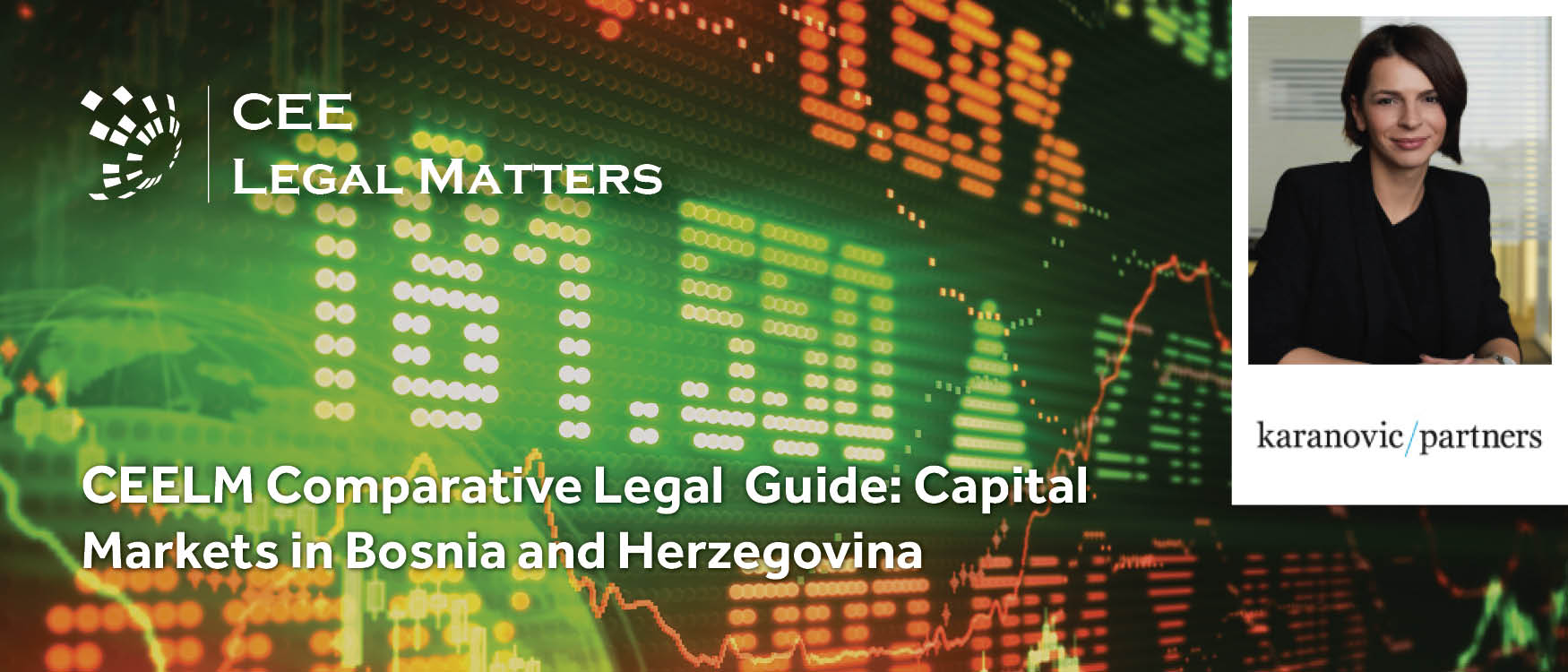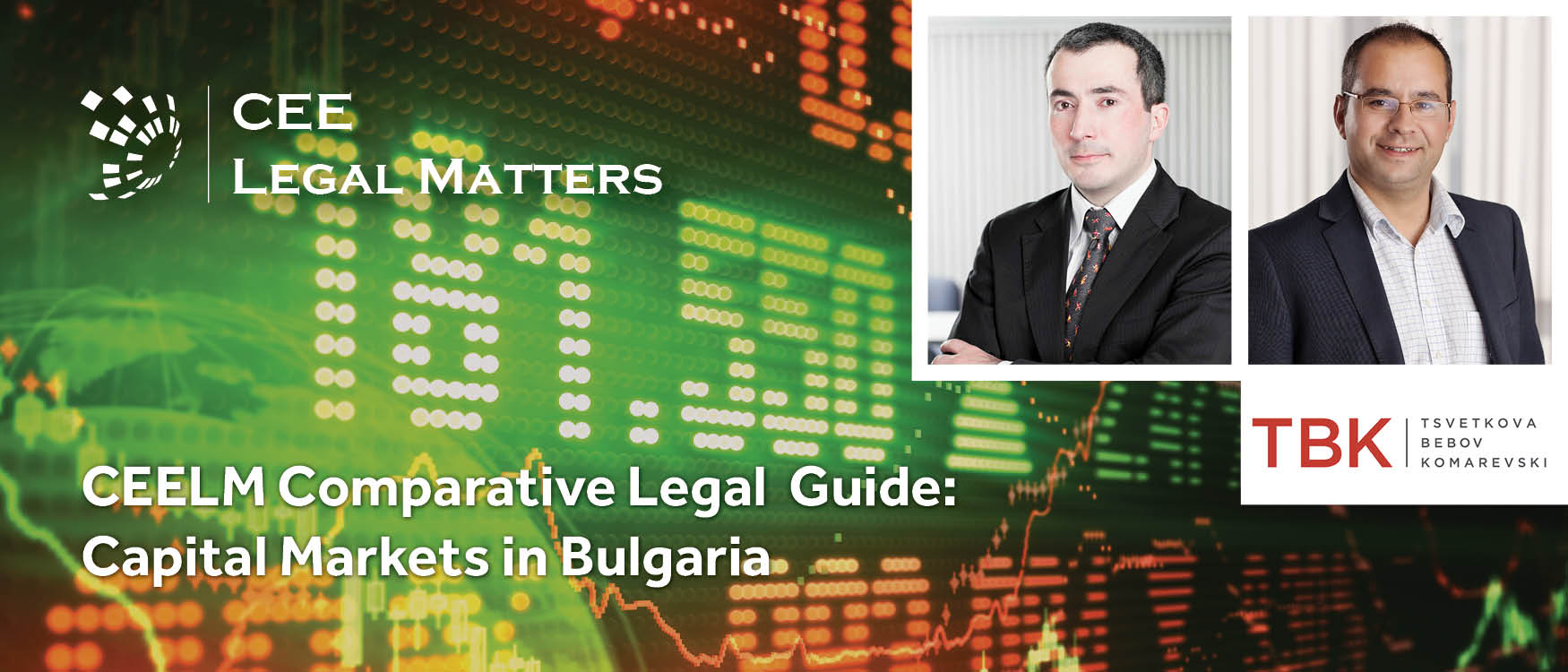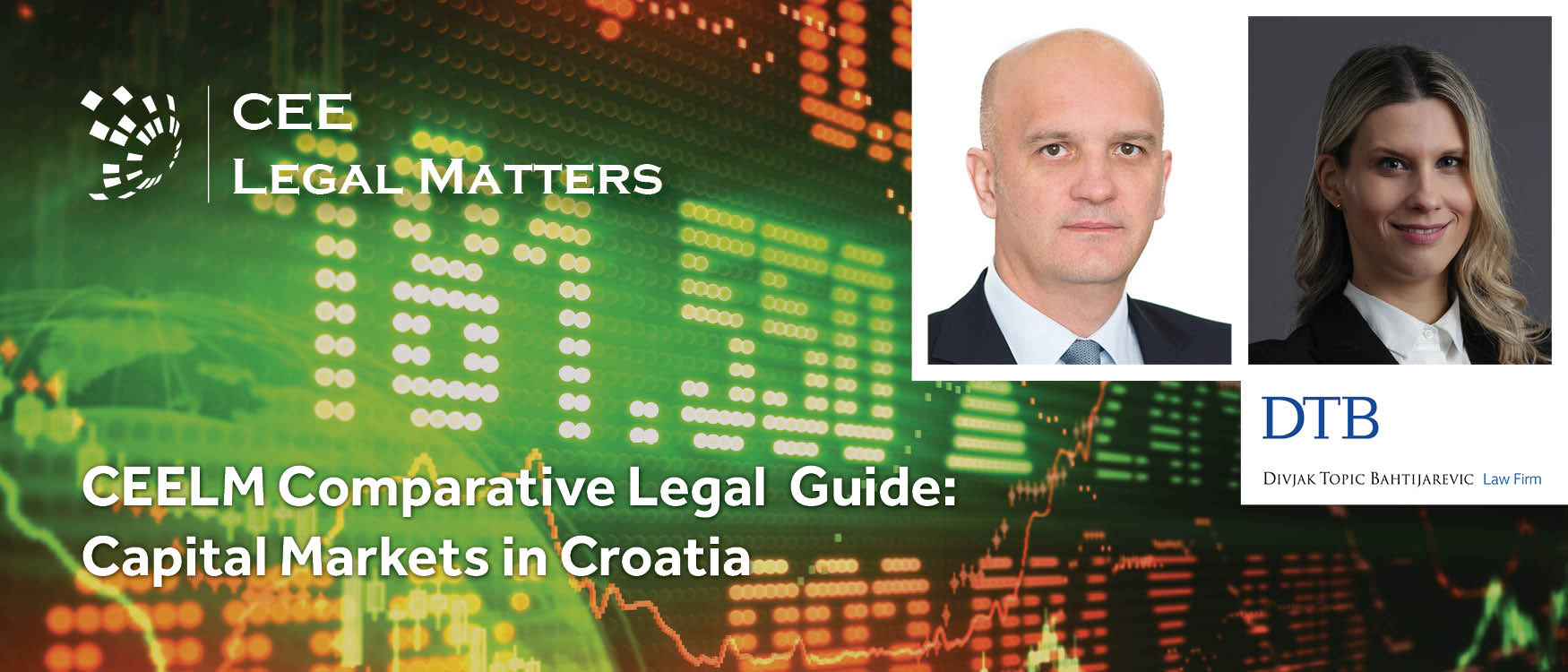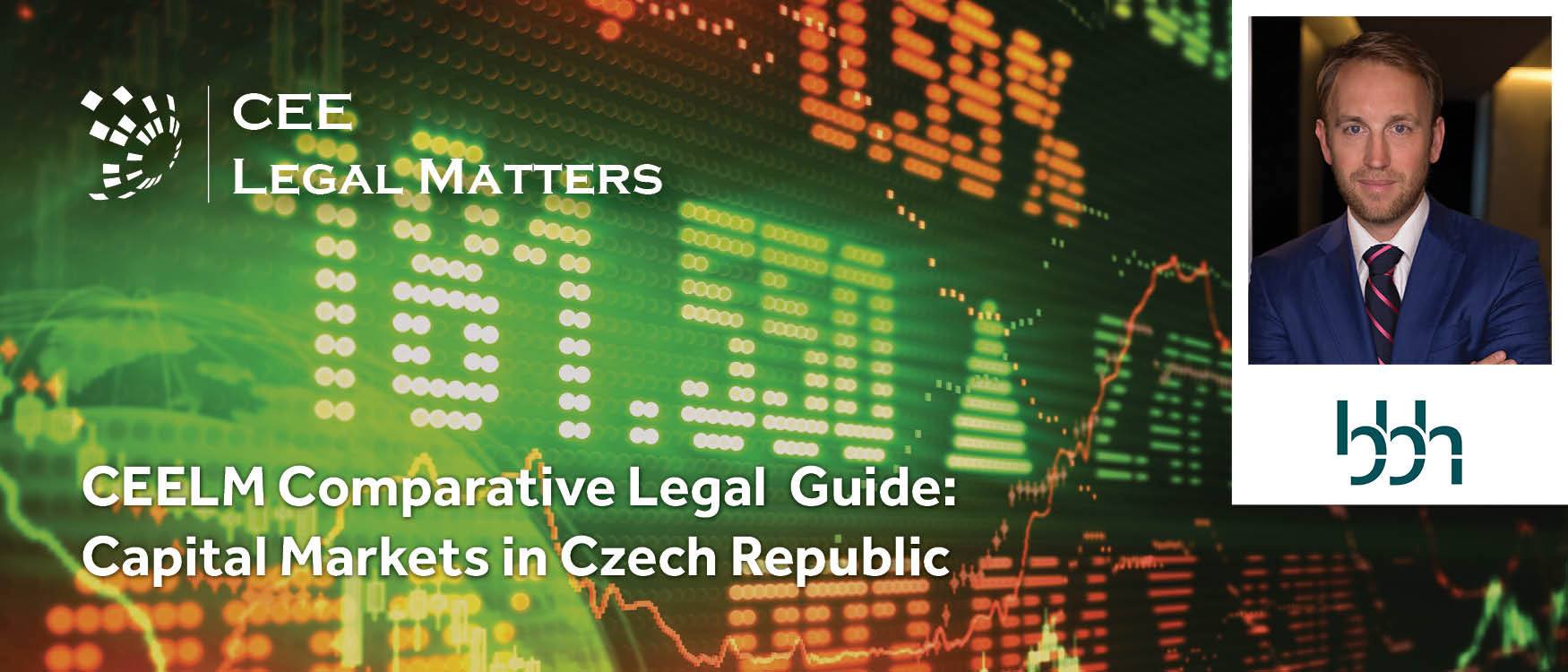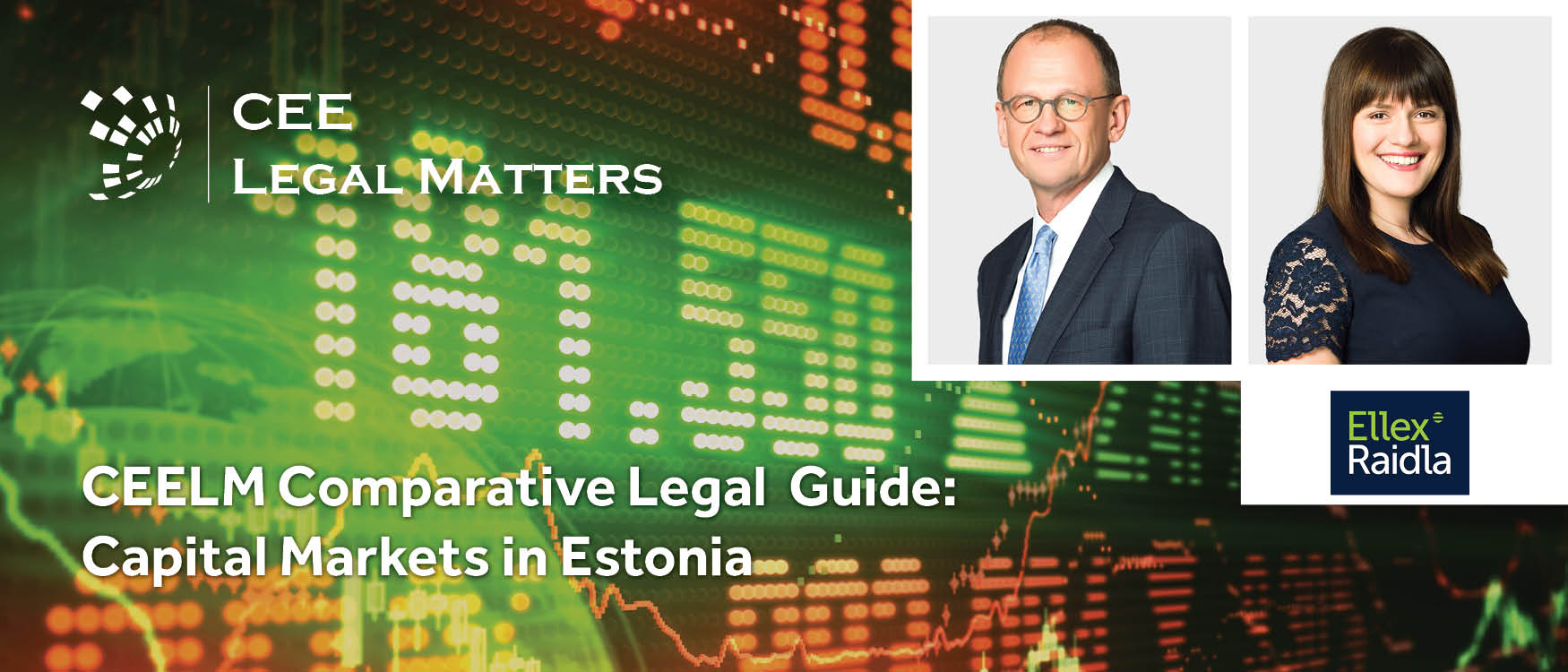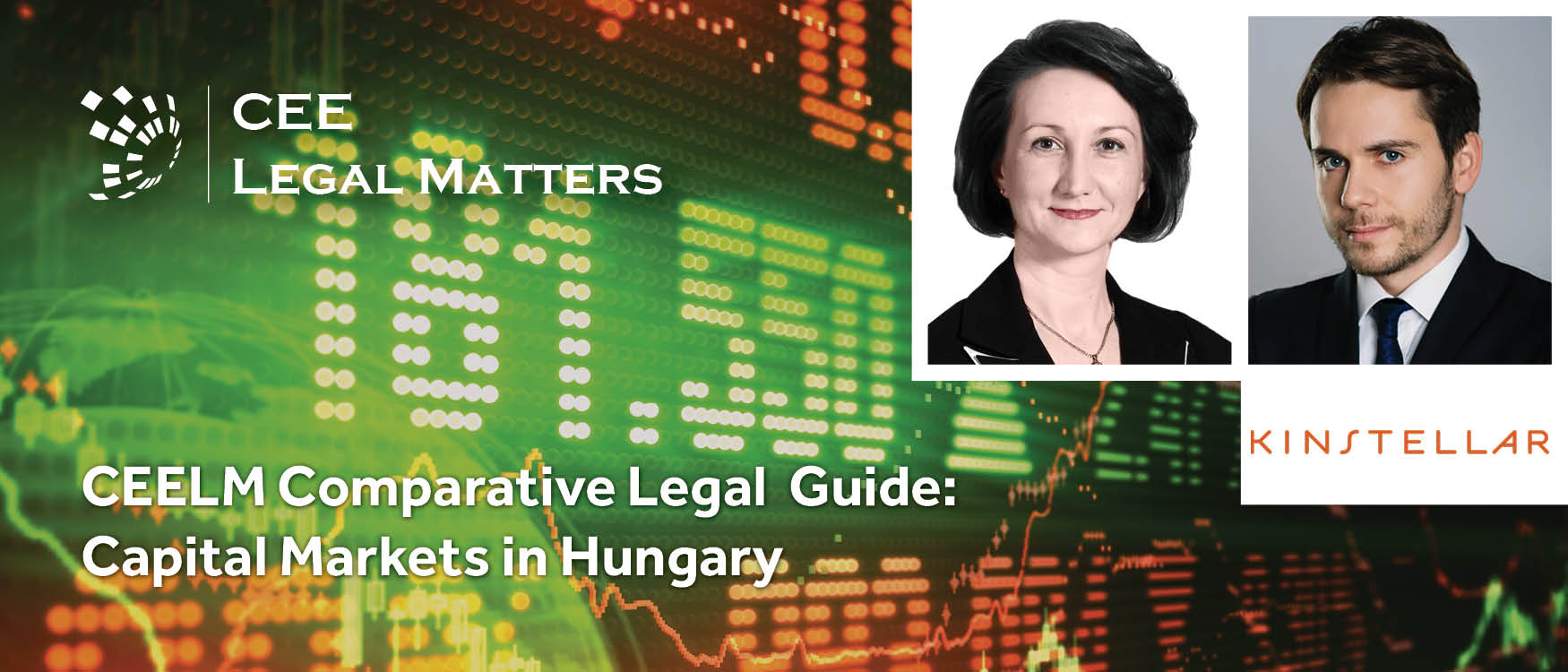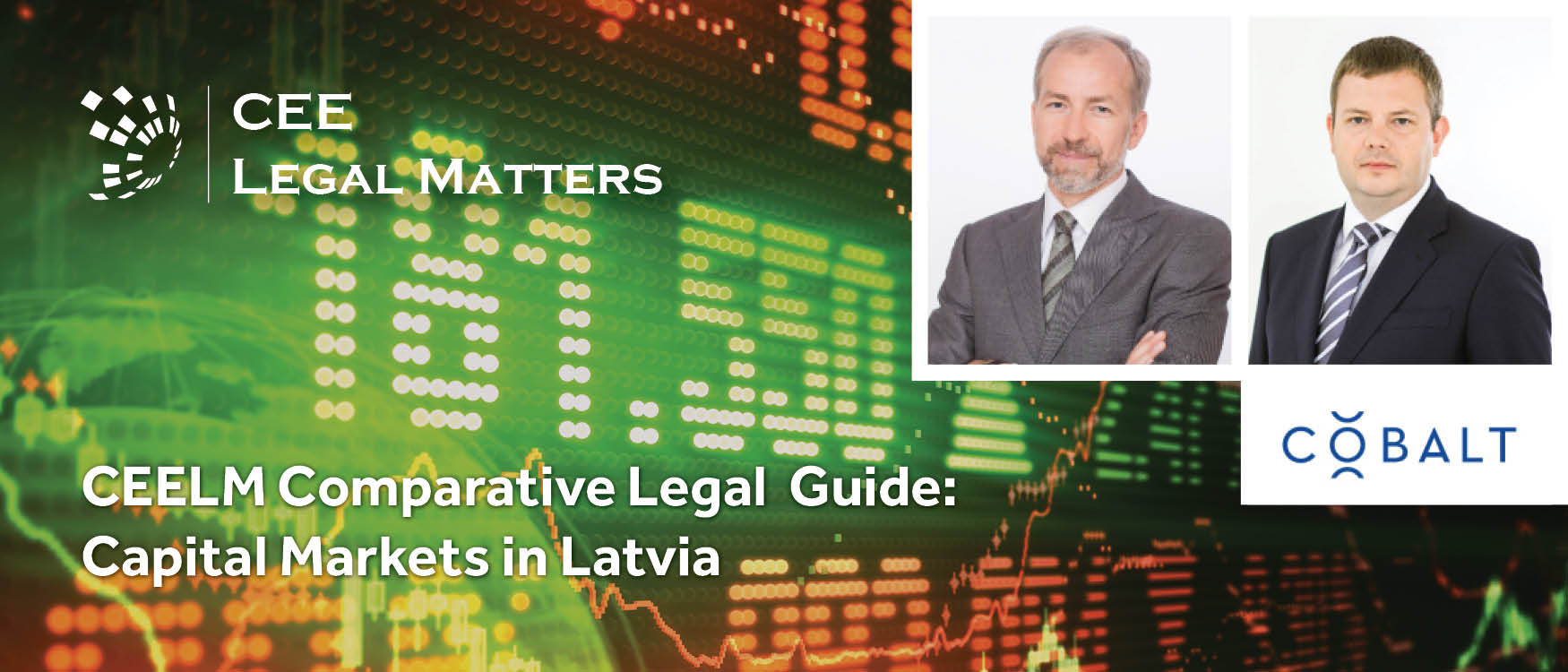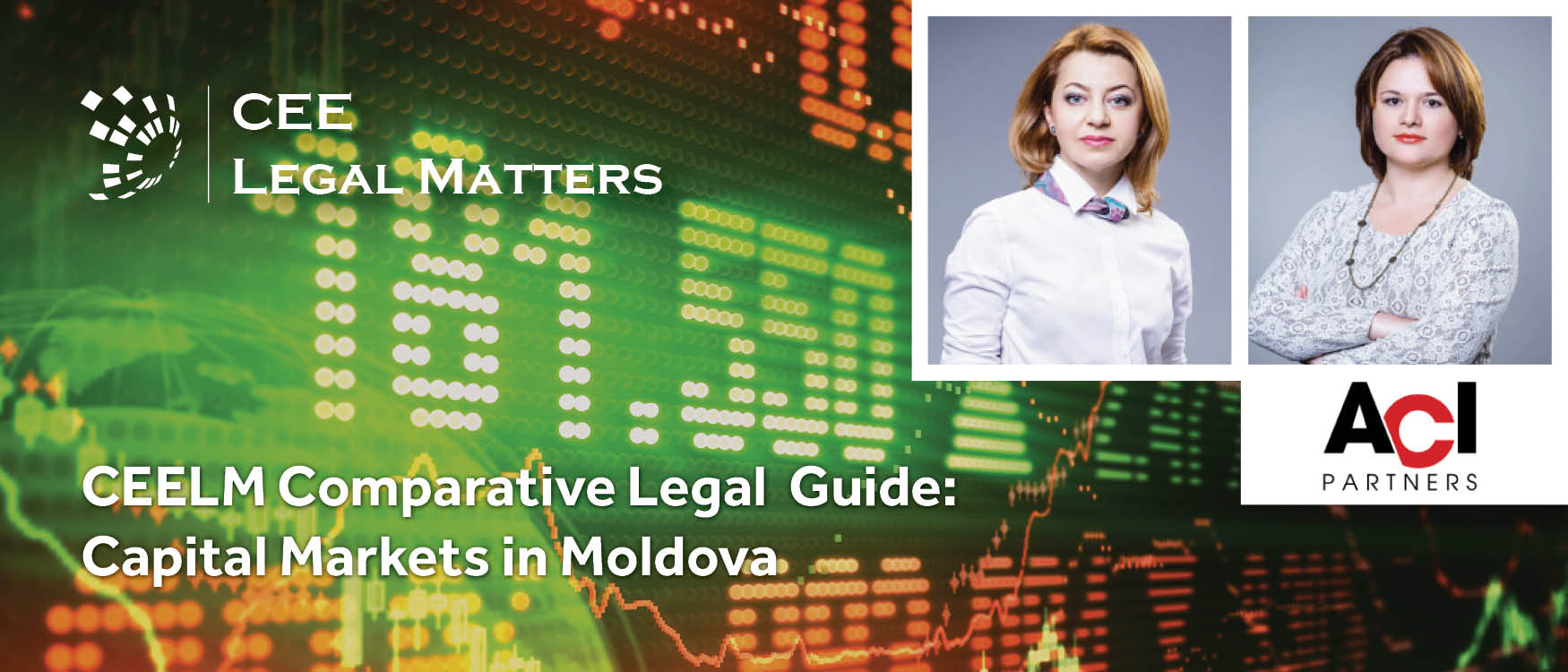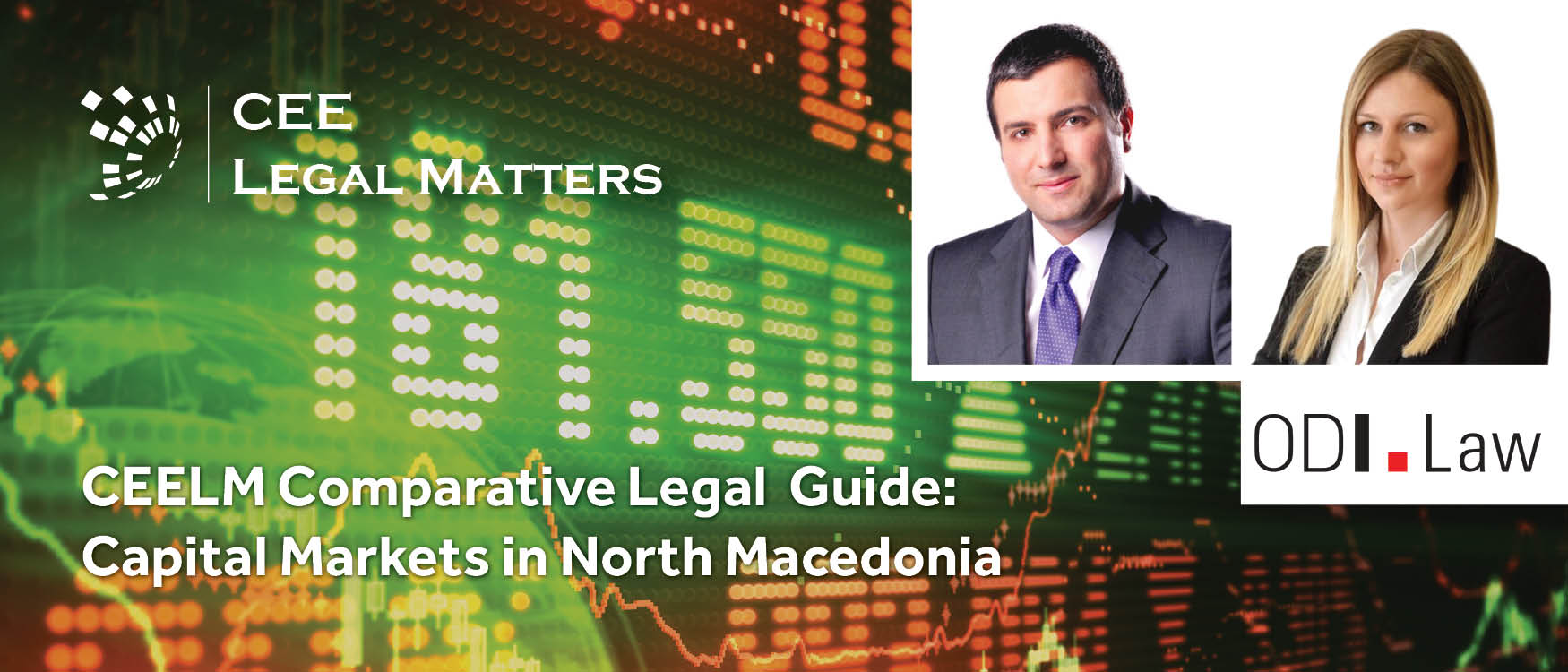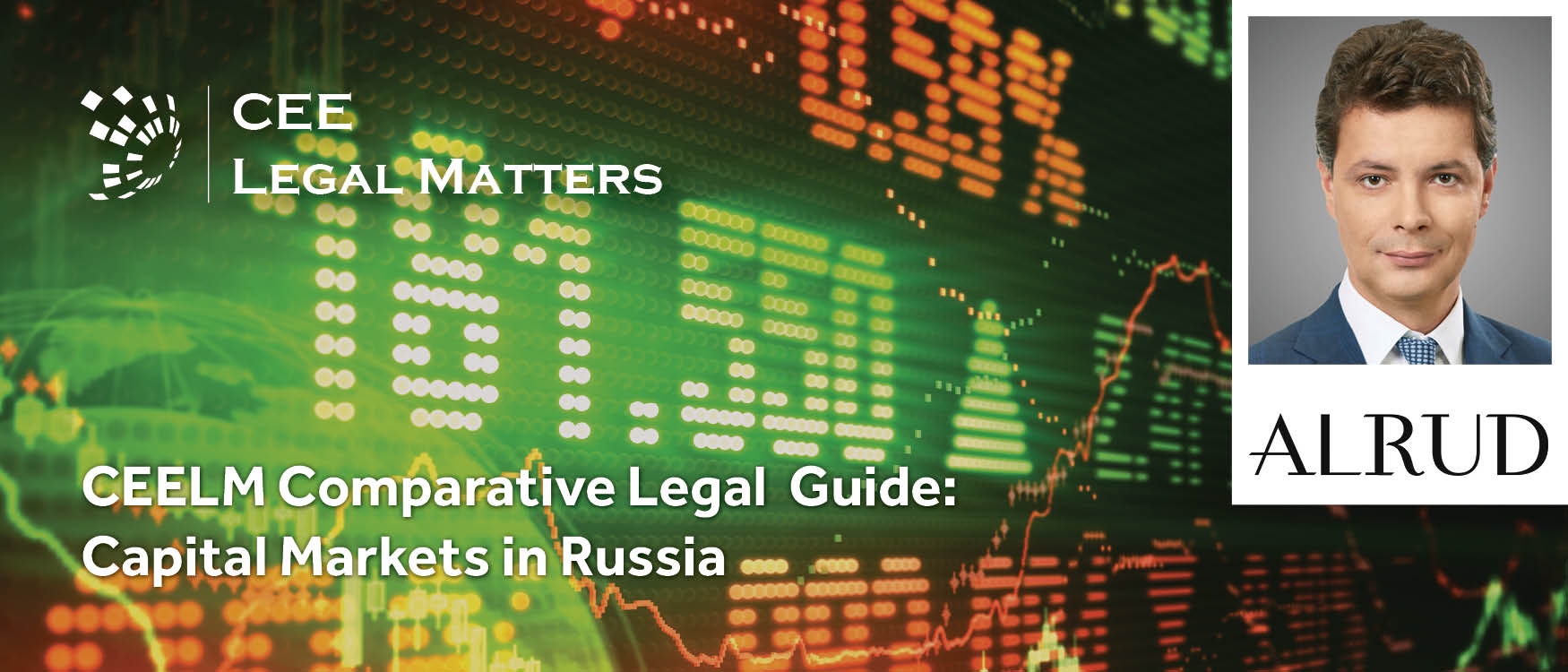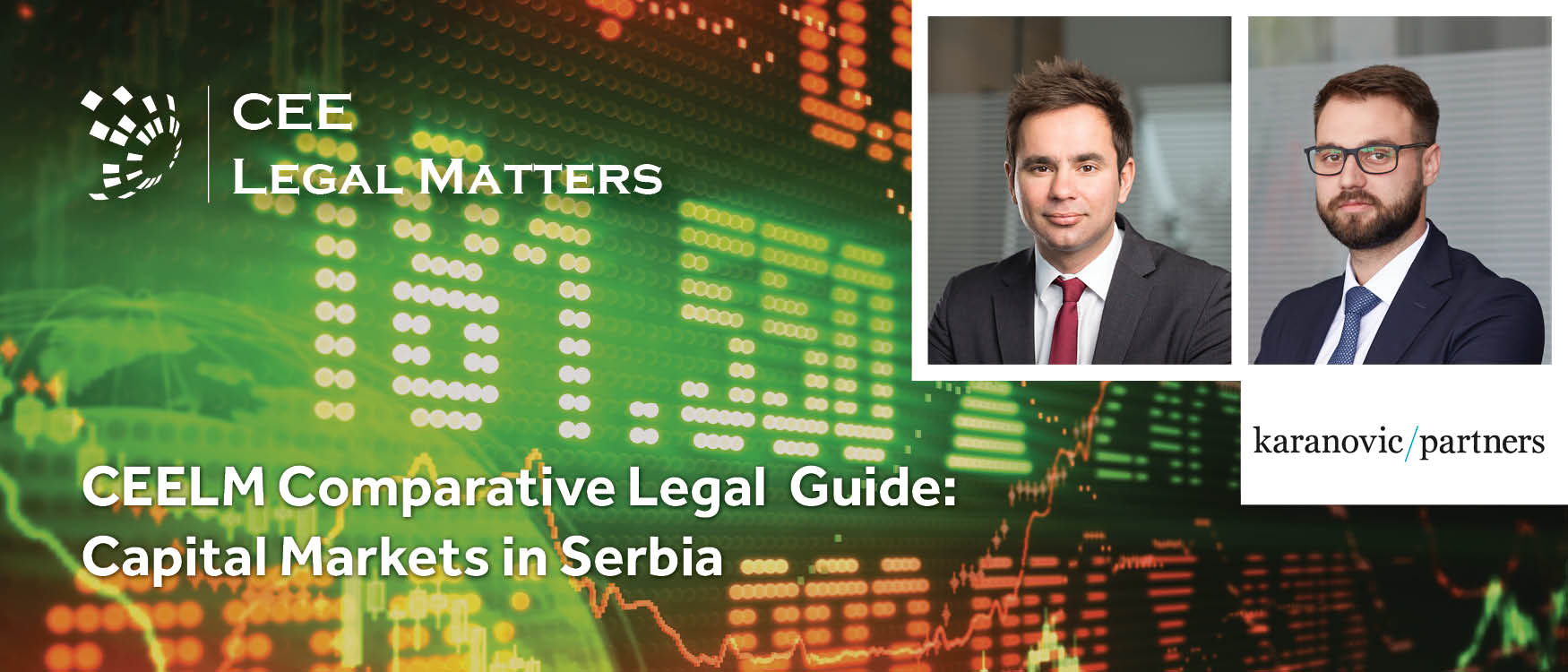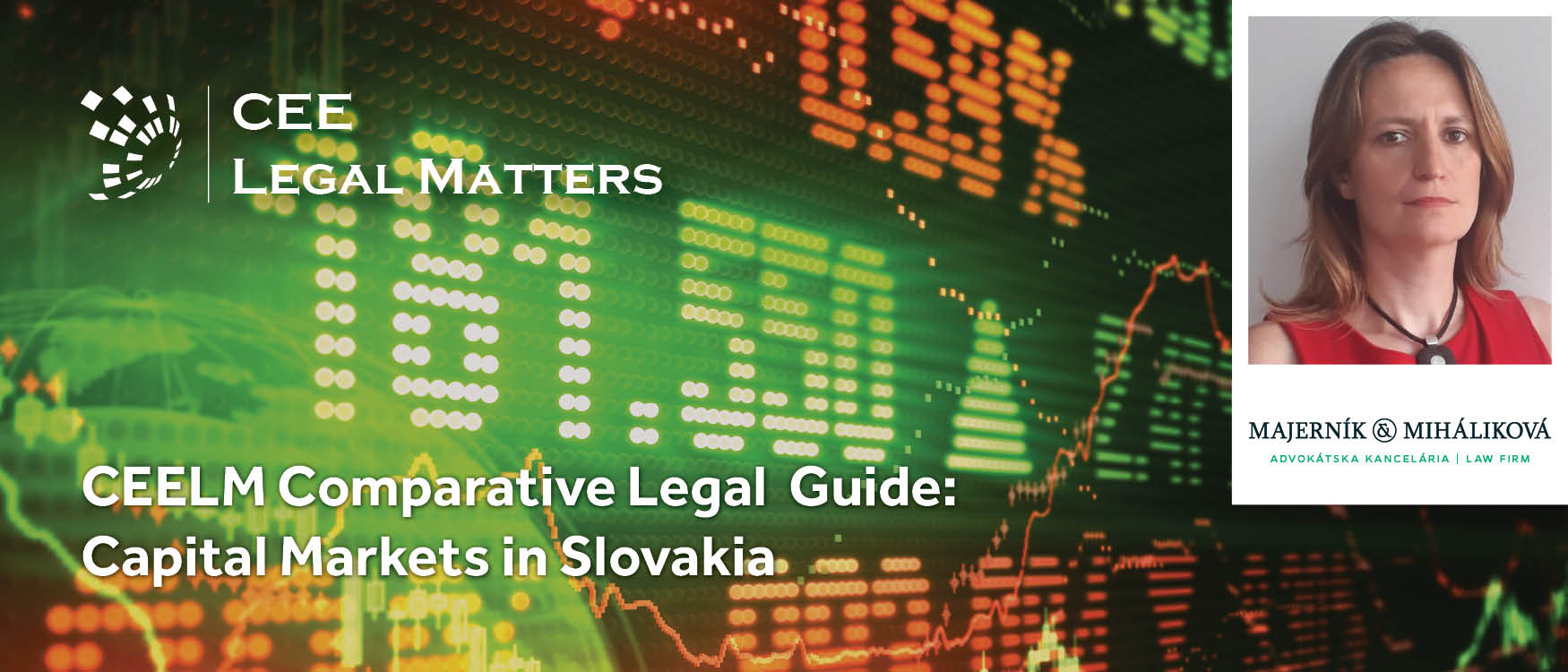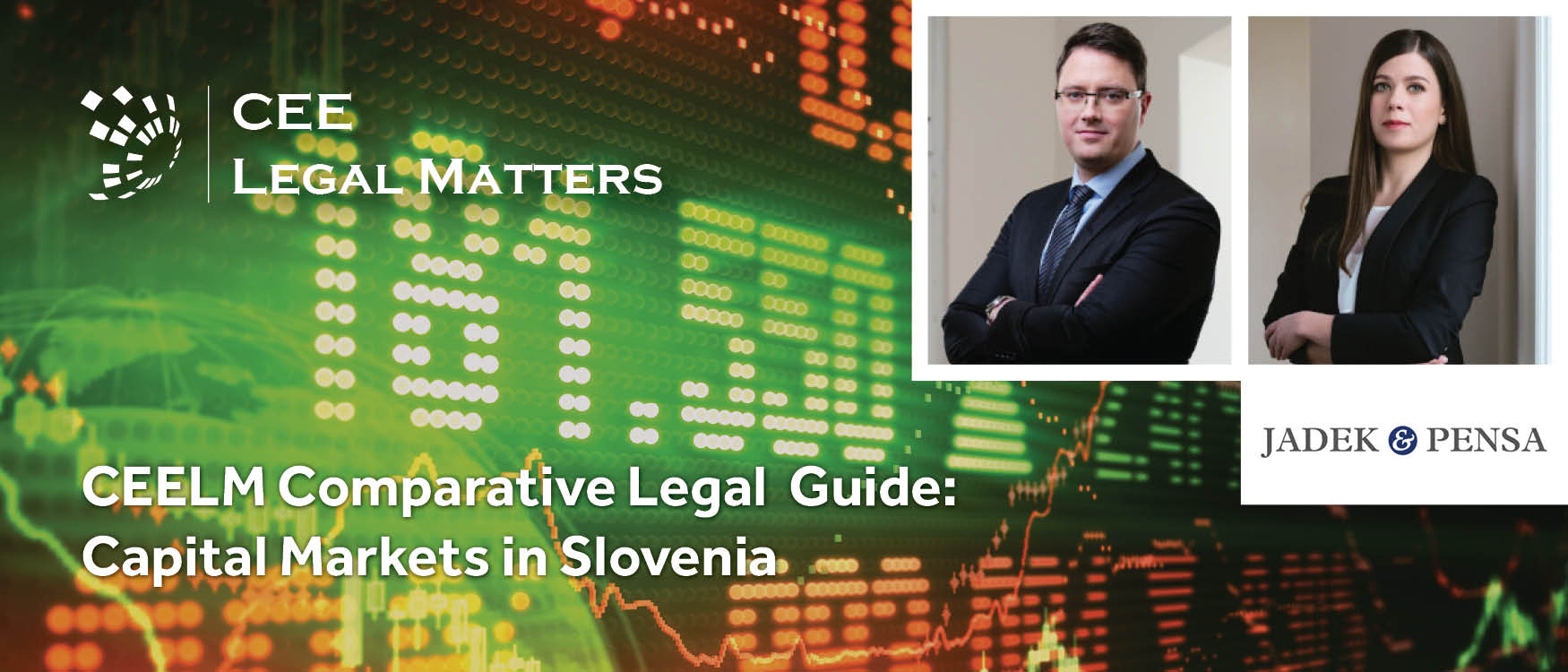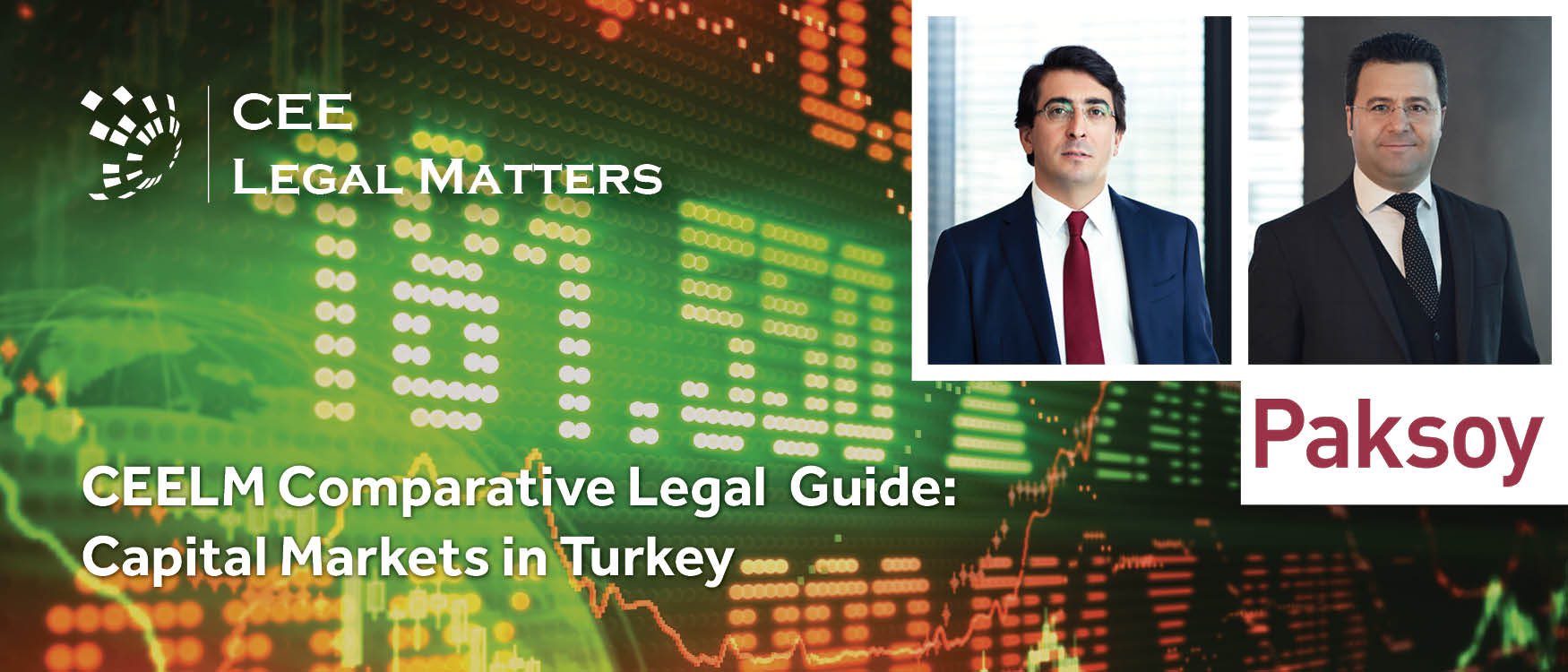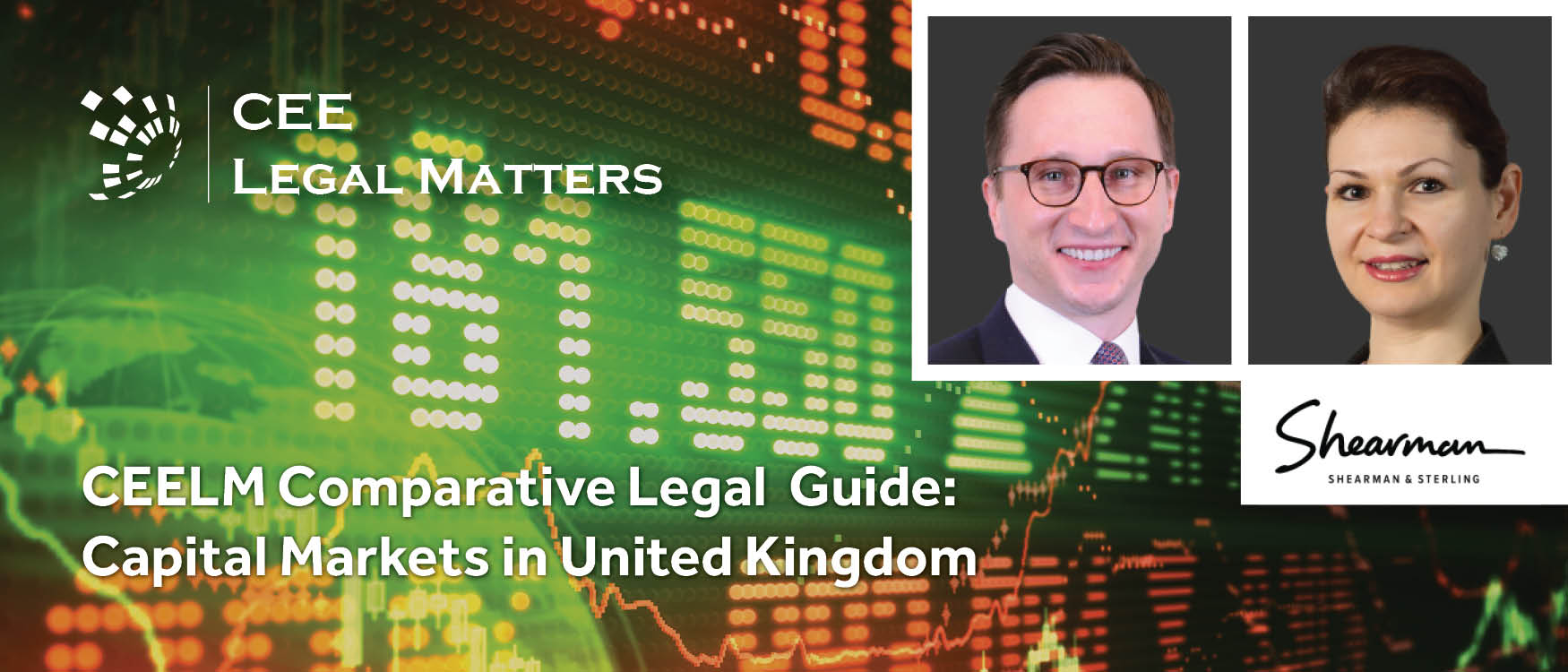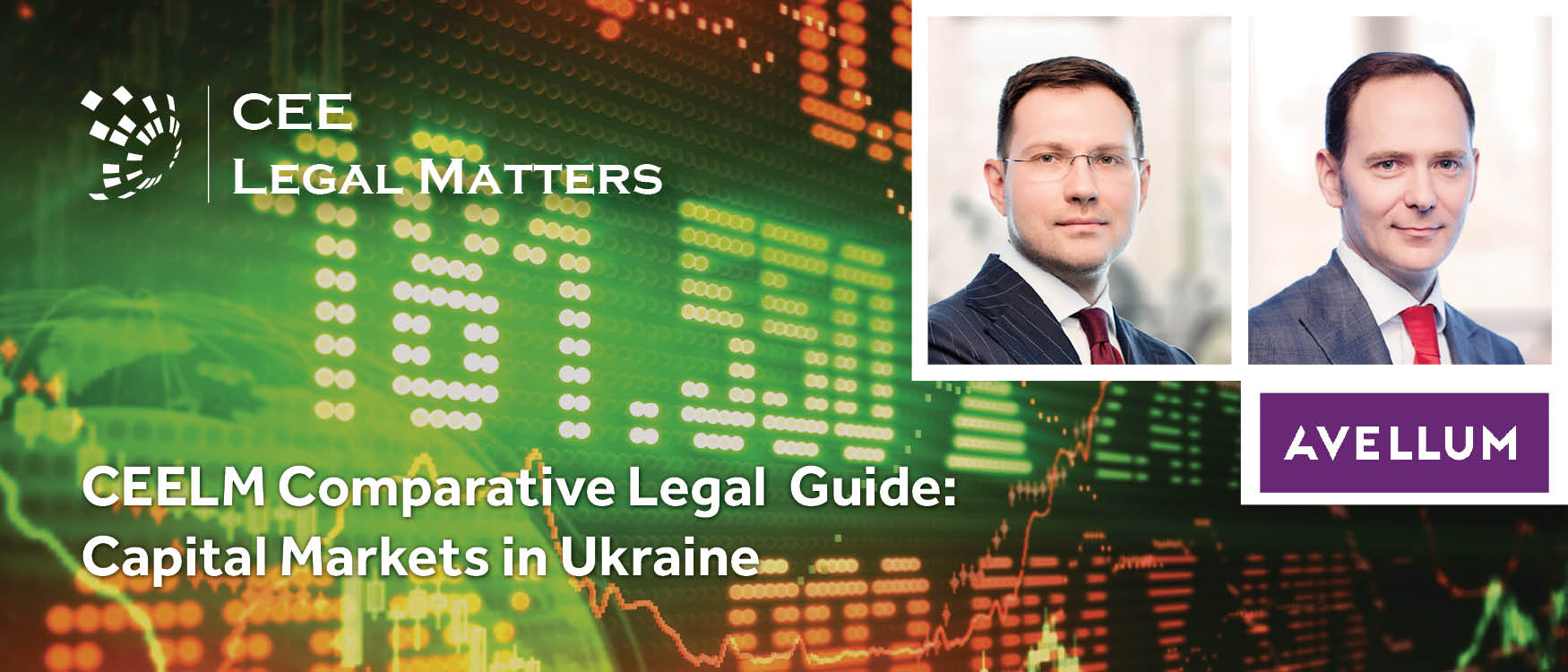Contributed by Filip and Company.
1. Market Overview
1.1. Biggest ECM and DCM transactions over the past 2-3 years
The Bucharest Stock Exchange (BSE) has, starting with 2017, registered 3 dynamic years in both ECM and DCM transactions, which led to Romania’s promotion, in September 2019, from Frontier Market to Emerging Market status, three years after the country was added to the Watch List.
In terms of ECM transactions, the biggest transaction on the Romanian capital market over the past 3 years remains the IPO of Digi Communications N.V. (the parent company of the Digi Group, one of the leading telecommunications companies in Central and Eastern Europe), which took place in May 2017, which was also the largest initial public offer of a private company ever on the BSE. The DIGI offering included a total of 23.9 million shares, representing 25.6% of the total shares issued by the company, with a total value of over RON 944 million (i.e., approximately EUR 207 million). Other large recent IPO transactions include:
- Sphera Franchise Group (which operates KFC, Pizza Hut and Taco Bell franchises, with its operations predominantly located in Romania, but also in Republic of Moldova and Italy) IPO, which took place in November 2019 and included 9.8 million shares, representing 25% of the total number of shares issued by the company, with a total value of over RON 285 million (EUR 62 million); and
- Purcari Wineries (a leading player in the wine and brandy segments in the Central and Eastern Europe) IPO, which took place in 2018 and included 9.8 million shares, representing 49% of the total number of shares issued by the company, with a total value of over RON 186.2 million (EUR 40 million).
As regards DCM transactions, some of the most important recent listings on the BSE include:
- NE Property Cooperatief U.A. (part of the NEPI Rockcastle group, which owns and develops real estate properties) bonds issued on the Main Market of the BSE, through two offerings carried out in November 2017 and May 2019, attracting a total of EUR 1.1 billion, as follows: (i) one offering amounting EUR 500 million in 2017, at a fixed interest of 1.75% p.a., payable on an annual basis (7-year maturity) and (ii) one offering amounting EUR 500 million in 2019, at a fixed interest of 2.625% p.a., payable on an annual basis (4-year maturity);
- Globalworth Real Estate Investment Limited (part of the Global group, which owns and develops real estate properties) corporate bonds listed on the Main Market of the BSE, through two offerings, attracting a total of EUR 1.1 billion, as follows: (i) one offering amounting EUR 550 million in 2017 at a fixed interest of 2.875% p.a., payable on an annual basis (5 year maturity) and (ii) one offering amounting to EUR 550 million in 2018 at a fixed interest of 3% p.a., payable on an annual basis (7 year maturity);
- Banca Comerciala Romana’s bonds issuance amounting to RON 600 million, which took place in December 2019. The bonds have a fixed interest of 5.35% p.a. payable annually (7-year maturity). This was the largest RON-denominated bonds issuance on the local market;
- Banca Transilvania’s private placement of bonds carried out in June 2018, which attracted EUR 285 million, with a variable rate of EURIBOR 6M + 3.75% p.a., payable on an annual basis. (10-year maturity); and
- Alpha Bank’s issuance of covered bonds (the first issuance of covered bonds by a Romanian bank) carried out in May 2019, which attracted EUR 200 million, with a variable rate of EURIBOR6M + 1.5% p.a., payable on a half-year basis (5-year maturity).
In recent years, Romanian issuers have also been active on the international debt capital markets. The most recent issuance is that by RCS & RDS (the Romanian subsidiary of the Digi Communications’ group’s issuance of two series of senior secured bonds with a total value of EUR 850 million, which took place in February 2020 and which were listed in late March 2020 on the regulated market operated by Irish Stock Exchange plc (traded as Euronext Dublin) - this was one of the largest bond issues of a Romanian issuer. Prior to the RCS & RDS issuance, its parent company, Digi Communications, also issued bonds during previous years on the international debt capital markets, such as the issuance of senior secured bonds with a total value of EUR 350 million in late 2016, supplemented by a tap issuance in the amount of EUR 200 million in January 2019.
In addition to the corporate issuances, over the last 9 years the Romanian State has been an active issuer of debt instruments on the international capital markets, under its EUR 31 billion medium term notes.
2. Overview of the local stock exchange and listing segments (markets)
The BSE is the sole stock exchange in Romania, after the merger that took place in 2017 with the Sibex Stock Exchange, the other market operator that was absorbed by the BSE.
The BSE operates two markets: the Main Market, which is the regulated market of the BSE, and the AeRo Market (or Alternative exchange in Romania), which is the shares market segment of the BSE’s alternative trading system.
2.1. Regulated market
The Regulated Market is intended for companies that meet certain listing criteria regarding the size, history and free float (please refer to the key listing requirements provided at point 3 below) and is therefore a viable option for large companies (blue chip companies). Stringent rules and enhanced investor protection are applicable on the regulated market.
The BSE regulated market dedicated to shares is structured into 2 categories, as follows: Premium category and Standard category. For the admission to trading in the Premium Category, companies must, inter alia, have the market value of the free float of at least EUR 40 million. For the Standard category, the free float must be at least 25% of the shares.
2.2. Non-regulated market
The BSE’s non-regulated market is the AeRO market, which is BSE’s market for Small and Medium sized Enterprises that do not yet fulfill the size or the length-of-operation criteria for listing on the Main Market. AeRO market has less regulatory restrictions and more freedom for issuers and other market participants.
3. Key Listing Requirements
3.1. ECM
3.1.1. Key Listing Requirements on the regulated market operated by the BSE (i.e., the Main Market)
3.1.1.1. Requirements regarding the issuer
- the issuer is a joint stock company (or a similar form of company, according to the laws of its home jurisdiction), duly incorporated and functioning in accordance with the laws of its home jurisdiction;
- the issuer’s early capitalisation has to be at least the RON equivalent of EUR 1 million or, if its capitalisation cannot be estimated at the date of the listing application, the Issuer has the capital and reserves, including the profit or loss from the last financial year of at least the RON equivalent of EUR 1 million;
- the issuer has been in operation for at least 3 years prior to the listing application and has prepared and communicated the financial statements for the same period; and
The issuer may be exempted by the FSA from the capitalisations and minimum duration since incorporation requirement, provided that the following two cumulative criteria are met: (i) there will be an adequate market for the issuer’s shares; and b) the issuer is capable of meeting the requirements for periodic and ongoing information disclosure which will apply to it as listed company, and investors have sufficient information to make an informed decision in connection to the issuer and its shares.
3.1.1.2. Requirements regarding the shares to be listed
- shares must be transferable, fully paid for, in book entry form and registered in a securities account;
- shares must be registered with the FSA prior to their admission to trading (the FSA issuing a certificate attesting such registration); and
- the free float for shares belonging to the same class has to be at least 25% of the shares (for standard tier listing) or at least EUR 40 million (for premium tier listing)
3.1.2. Key Listing Requirements on the AeRO market operated by the BSE
3.1.2.1. Requirements regarding the issuer
- the anticipated capitalisation of the issuer should be at least the RON equivalent of EUR 250,000; this estimation will be based on either a private placement or previous initial public offering or a trading history on another market or, in the absence thereof, an evaluation carried out by an authorised advisor together with the Issuer and considered acceptable by the BSE;
- the issuer must have a contract with an authorised advisor and maintain it for at least 12 months after the admission to trading (BSE may shorten or extend this period as it deems appropriate); and
- the issuer is not subject to bankruptcy proceedings, nor to judicial reorganisation proceedings
3.1.2.2. Requirements regarding the shares to be listed
- shares must be transferable, fully paid for, in book entry form and registered in a securities account;
- the shares must be registered with the FSA; and
- the free float for shares belonging to the same class has to be at least 10% of the issued shares or the number of shareholders holding shares of the same class must be at least 30
3.2. DCM
The list of requirements for listing bonds on both the Main Market and the AeRO market operated by the BSE is relatively limited:
- the issuer has to be organised as a joint stock company (or a similar form of company, according to the laws of its home jurisdiction), duly incorporated and functioning in accordance with the laws of its home jurisdiction; and
- for the Main Market, the aggregate value of the bonds issued has to be at least EUR 200,000. However, lower values are also allowed, but they require the ASF’s special approval.
4. Prospectus Disclosure
4.1. Regulatory regimes (Prospectus Regulation or similar) – equity and debt
The prospectus is the key disclosure document used to offer and/or list financial instruments.
As Romania is part of the European Union, the legal framework regulating prospectus disclosure consists mainly of the following EU regulations:
- Regulation (EU) 2017/1129 of the European Parliament and of the Council of 14 June 2017 on the prospectus to be published when securities are offered to the public or admitted to trading on a regulated market, and repealing Directive 2003/71/EC (the “Prospectus Regulation”);
- Commission Delegated Regulation (EU) 2019/980 of 14 March 2019 supplementing Regulation (EU) 2017/1129 of the European Parliament and of the Council as regards the format, content, scrutiny and approval of the prospectus to be published when securities are offered to the public or admitted to trading on a regulated market, and repealing Commission Regulation (EC) No 809/2004 (the “Prospectus Delegated Regulation”); and
- Commission Delegated Regulation (EU) 2019/979 of 14 March 2019 supplementing Regulation (EU) 2017/1129 of the European Parliament and of the Council with regard to regulatory technical standards on key financial information in the summary of a prospectus, the publication and classification of prospectuses, advertisements for securities, supplements to a prospectus, and the notification portal, and repealing Commission Delegated Regulation (EU) No 382/2014 and Commission Delegated Regulation (EU) 2016/301 (the “Prospectus RTS Regulation”).
According to the Prospectus Regulation, information contained in the prospectus should be sufficient and objective and should be written and presented in an easily analysable, concise, and comprehensible form. The information in a prospectus should be adapted to the type of prospectus, the nature and circumstances of the issuer, the type of securities, and whether the investors targeted by the offer are solely qualified investors. A prospectus should not contain information which is not material or specific to the issuer and the securities concerned, as that could obscure the information relevant to the investment decision and thus undermine investor protection.
The issuer, offeror, or person asking for the admission to trading on a regulated market may draw up the prospectus as a single document (which is the market practice in Romania) or as separate documents.
The Prospectus Delegated Regulation imposes specific minimum information requirements for a prospectus as set out in its Annexes. The relevant Annexes that will apply in each particular case will depend on, among others, the type of securities being issued, the type of issue (in certain cases), the nature of the issuer, whether the issuer has a complex financial history or has made a significant financial commitment.
4.2. Local market practice
The majority of transactions on the Romanian capital markets are done in reliance on Regulation S under the U.S. Securities Act of 1933, which means that upon the preparation of the prospectus due diligence is limited (usually consisting of one or two due diligence meetings and/or questionnaires addressed to the issuer’s management and excludes an extensive assessment of commercial agreements or other type of documents pertaining to the issuer) and the level of disclosure does not usually include management’s discussion and analysis on the issuer’s performance over the period corresponding to the financial statements included in the prospectus.
In addition, managers do not usually require comfort letters from the issuer’s auditors in connection with the financial information included in the prospectus (mainly because the managers do not engage in underwriting the offerings). However, auditors usually issue consent letters to express their approval for the issuer to use the financial reports and financial information in the prospectus.
4.3. Language of the prospectus for local and international offerings
The language regime is the one set out in article 27 of the Prospectus Regulation (similar provisions being included in the Romanian Regulation 5/2018 on issuers of financial instruments and market operations), i.e.:
where an offer of securities to the public is made or admission to trading on a regulated market is sought only in Romania and Romania is the home Member State for the purposes of the Prospectus Regulation, the prospectus shall be drawn up in Romanian;
where an offer of securities to the public is made or admission to trading on a regulated market is sought in one or more Member States, excluding Romania and where Romania is the home Member State for the purposes of the Prospectus Regulation, the prospectus shall be drawn up either in a language accepted by the competent authorities of those Member States or in a language customary in the sphere of international finance (together with a summary of the prospectus in the official language of the relevant Member States, or at least one of their official languages, or in another language accepted by the competent authorities of those Member State), at the choice of the issuer, the offeror or the person asking for admission to trading on a regulated market; for the purposes of the approval and scrutiny by the FSA of the prospectus, it shall be drawn up in Romanian or in a language customary in the sphere of international finance, at the choice of the issuer, the offeror or the person asking for admission to trading on a regulated market; and
where an offer of securities to the public is made or an admission to trading on a regulated market is sought in more than one Member State, including Romania as the home Member State for the purposes of the Prospectus Regulation, the prospectus shall be drawn up in Romanian, and shall also be made available either in a language accepted by the competent authorities of each host Member State or in a language customary in the sphere of international finance (together with a summary of the prospectus in the official language of the relevant Member States, or at least one of their official languages, or in another language accepted by the competent authorities of those Member States), at the choice of the issuer, the offeror, or the person asking for admission to trading on a regulated market.
5. Prospectus Approval Process
5.1. Competent Regulator
The competent authority at national level for reviewing and approving the prospectuses is the Romanian Financial Supervisory Authority (FSA).
5.2. Timeline, number of draft submissions, review and approval process
The FSA practice in terms of prospectus approval is to have two informal submission rounds of the prospectus before the formal and final submission. Thus, the FSA usually has maximum two rounds of comments on the document, for each round of comments a minimum period of one week being budgeted. Once the FSA has no more comments, the prospectus is formally submitted for approval.
Following the formal submission, the FSA decides on the approval of the prospectus within 10 working days from the date of the registration of the formal application. This term may be extended to 20 working days where the offer to the public involves securities issued by an issuer that does not have any securities admitted to trading on a regulated market and that has not previously offered securities to the public.
If the FSA does not issue a decision on the prospectus within the deadlines set out above, this is not considered as a tacit approval of the prospectus.
6. Listing Process
6.1. Timeline, process with the stock exchange
6.1.1.1. Listing process on the regulated market operated by the BSE
The most common steps for listing on the Regulated Market are:
- Passing a corporate resolution to decide on the offering and/or the listing of financial instruments on the regulated market.
- Retaining advisors for the transaction, as well as the intermediary/intermediaries (authorised by the FSA or passported). The intermediary involved in the listing process should be a participant to the BSE trading system.
- Selecting the type of offering and preparation of such offering, i.e.,:
- exempted offering (“Private Placement”) – made in reliance on the exemptions set out under article 1 para. (4) of the Prospectus Regulation, such as an offering addressed to a limited number of investors, to qualified investors, investors subscribing a minimum value etc.; preparation and approval of a prospectus is not required for the offering itself, however the issuer will have to prepare a listing prospectus, which will have to be approved by the FSA; or
- non-exempted offering to the general public (“Public Offer”) – requires preparation of a prospectus for both the offering and the listing, FSA’s approval.
- Prospectus drafting;
- Application for the approval in principle of the listing of financial instruments with the BSE (the issuer will have to submit an application for admission to trading attaching (i) the prospectus (in draft form); (ii) service agreement concluded between the issuer and the Central Depository; and (iii) the decision of the statutory body of the issuer regarding the listing;
- Conducting the Private Placement/Public Offer through an intermediary;
- Registration of the financial instruments with the FSA;
- Registration of the financial instruments with the Central Depository, in order to ensure the clearing and settlement for exchange transactions and to keep the issuer’s shareholders registry, as the case may be;
- Final approval of the admission to trading by the BSE; and
- First trading day.
In case of ECM transactions, to the extent the offering made by a Romanian issuer has a primary element, the steps described above will include the registration of new shares (after the offering is closed) with the Trade Registry. Until the registration of newly issued shares with the Central Depository, allocation rights representing such shares may be traded (but only if the issuer has decided to have such allocation right).
6.1.1.2. Listing process on the AeRo market operated by the BSE
In practical terms, the same steps as the one described for the listing on the regulated market of the BSE will apply (albeit, if there is Private Listing, instead of a listing prospectus a simplified information “memorandum” will have to be prepared instead).
6.1.1.3. Timeline of the listing process
The actual listing procedure in front of the BSE usually takes up to 10 days. However, both ECM transactions (in particular IPOs, as the most complex transactions) and DCM transactions imply a timeline aimed to accommodate negotiations between the parties involved, drafting the prospectus and ancillary documents, as well as approval formalities in front of the FSA or other competent regulatory authorities (other than the BSE). Therefore, in case of IPOs, the process (including preparatory formalities and execution of all required steps) may take between 6 months and 1 year. In case of DCM transactions, these usually take from 3 to 6 months.
7. Corporate Governance
7.1. Corporate governance code / rules (INED, board and supervisory composition, committees)
Companies listed on the regulated market of the BSE need to comply with the BSE Corporate Governance Code, in effect starting from January 4, 2016.
The BSE Corporate Governance Code requires that all companies listed on the BSE include a statement in their annual report on their compliance with the BSE Corporate Governance Code. Any failure to comply with the provisions of the BSE Corporate Governance Code must be disclosed through a current report filed with the BSE, the principle applied being that of “comply or explain.”
The BSE Corporate Governance Code contains a number of principles and provisions which must be observed by the companies listed on the BSE, inter alia with respect to the composition, role, functioning and compensation of the management bodies, risk management and internal control, financial reporting and disclosure, including the following main principles:
- the Board of Directors or the Supervisory Board should have at least five members;
- the majority of the members of the Board of Directors should be non-executive and at least one member of the Board of Directors or Supervisory Board should be independent, in the case of Standard Tier companies; not less than two non-executive members of the Board of Directors or Supervisory Board should be independent, in the case of Premium Tier Companies;
- each member of the Board of Directors or Supervisory Board, as the case may be, should submit a declaration that he/she is independent at the moment of his/her nomination for election or re-election as well as when any change in his/her status arises;
- the Board of Premium Tier companies should set up a nomination committee formed of non-executives, which will lead the process for Board appointments and make recommendations to the Board. The majority of the members of the nomination committee should be independent;
- the Board of Directors or Supervisory Board, as the case may be, should set up an independent audit committee capable of ensuring the integrity of financial reporting and of the internal control system, including the internal and external audit processes;
- the Board should set up an audit committee, and at least one member should be an independent non-executive; among its responsibilities, the audit committee should, inter alia, undertake an annual assessment of the system of internal control, should review conflicts of interests in transactions of the company and its subsidiaries with related parties and should monitor the application of statutory and generally accepted standards of internal auditing;
- the issuer should have a remuneration policy and rules defining that policy; it should determine the form, structure and level of remuneration of members of the Board, the CEO and when applicable, members of the Management Board.
7.2. Any other ESG considerations
Public companies are required to include in their annual report a non-financial statement regarding environmental, social and personnel issues, as well as considerations on human rights protection, anti-corruption and anti-bribery. In addition, companies with at least 500 employees may also be required to publish a separate report touching on the matters mentioned above.
From a market practice perspective, in recent time Romanian issuers have come under greater pressure to demonstrate the existence and robustness of their oversight of environmental, social and governance factors and make appropriate disclosures to their investors and stakeholders. In particular, due to the active and extensive investing of supranational entities on the Romanian market, issuers are made subject to specific ESG policies imposed by such supranational investors.
8. Documentation and Other Process Matters
8.1. Over-allotment (greenshoe or brownshoe structure)
Greenshoe options are usually granted to the stabilising manager (see letter c below for considerations on stabilisation) to cover the short position created by any over-allocations made in connection with the offer and any short positions arising from stabilising action.
Brownshoe options (or reverse greenshoe, where the underwriters sell back the shares to the issuer or the offeror following the offering) are even less common, due to the fact that local-only transactions are usually done without underwriting and any repurchase by the issuer itself triggers additional requirements (as for a Romanian company this would be equal to having a share buyback).
8.2. Stock lending agreement – whether it is used and whether there are any issues
The stabilising manager (see letter c below for considerations on stabilisation) may utilise a stock loan to borrow shares to settle any over-allocations, creating a short position which has to be closed by the end of the stabilisation period (the stabilising manager will either exercise the greenshoe option – if it has one, or use shares acquired in the market in connection with stabilising activities (or a combination of the two).
8.3. Stabilisation – whether allowed and on what terms (MAR, local regimes)
Stabilisation is subject to the regime laid down by Regulation (EU) No 596/2014 of the European Parliament and of the Council of 16 April 2014 on market abuse (“MAR”) and the Commission Delegated Regulation (EU) 2016/1052 with regard to regulatory technical standards for the conditions applicable to buy-back programmes and stabilisation measures.
The main requirements for stabilisation are the following:
- it is carried out for a limited period of time (up to 30 calendar days);
- relevant information must be disclosed and notified to the competent authority, in a manner which enables fast access and complete, correct and timely assessment of the information by the public; and
- adequate price limits must be complied with, i.e. for equity securities stabilisation cannot be executed above the offer price and for securities which are debt convertible or exchangeable into equity securities, stabilisation of these debt instruments cannot be executed above their market price at the time of the public disclosure of the final terms of the new offer.
Romania has not implemented any “gold plating” procedures in addition to the ones laid down by the EU regulations.
9. Ongoing Reporting Obligations (Life as a Public Company)
9.1. Annual and interim financials
As long as a company’s shares are listed on the BSE, such company is required to disclose any regulated information which shall be disclosed pursuant the Law no. 24/2017 on issuers of financial instruments and market operations and Regulation no. 5/2018 on issuers of financial instruments and market operations (both implementing the provisions of Directive 2004/109/EC of the European Parliament and of the Council of 15 December 2004 on the harmonisation of transparency requirements in relation to information about issuers whose securities are admitted to trading on a regulated market and amending Directive 2001/34/EC, commonly known as the “Transparency Directive”).
Thus, a public company must publish its annual accounts within four months after the end of each financial year and its half-yearly figures within two months after the end of the first six months of each financial year. Within five calendar days after adoption of its annual accounts, the Company must file its adopted annual accounts with the FSA.
Also, a public company must publish its annual report, including the company’s annual accounts together with the report and a statement of the board of directors, as well as the independent auditor’s report, within four months after the end of each financial year. The same documents must be filed with the FSA and the BSE within the same deadline.
9.2. Ad hoc disclosures
Public companies are required to make public privileged information in connection with the company, as well as information in connection with important new events in the company’s activity which may have an effect on the price of its shares, pursuant to the regime laid down by MAR.
Local regulations provide a list of situations (non-exhaustive) when a company is required to make such ad-hoc disclosures, including:
- convening of the general meeting of shareholders;
- resolutions passed by the general meeting of shareholders or, as the case may be, information in connection with failure to fulfill quorum and majority requirements for passing resolutions;
- change of control, including indirect change of control;
- changes in the management;
- replacement of the company’s auditor and causes for this change;
- termination or decrease of contractual arrangements which have generated at least 10% of the company’s income during the previous financial year;
- changes in the specific features and/or in the relating to all classes of financial instruments issued by the company, including changes in the rights attaching to derivative financial instruments issued by the company itself and attaching rights in connection to shares issued by the company;
- litigation proceedings involving the company;
- start of the process for cease of activity or for resuming the activity by the company, start and completion of insolvency/bankruptcy proceedings, judicial reorganization, dissolution proceedings;
- off balance sheet operations with significant effects over the financial results of the company;
- changes in company’s obligations, with significant effect on its activity and financial situation;
- material acquisitions or disposal of assets (the acquisition or disposal is deemed material if the assets represent at least 10% of the total asset value of the company, either before or after the transaction);
- execution of any agreements which exceed in value 10% of the net turnover of the company during the last financial year or agreements concluded outside the ordinary business of the company; and
- new products or services launched by the company or a new development process, which affects the company’s resources.
The relevant notices will have to be published without delay, but in any case no later than 24 hours after the occurrence of the relevant event or after the company being aware of the relevant information.

